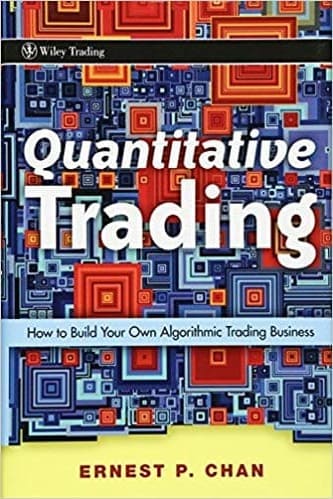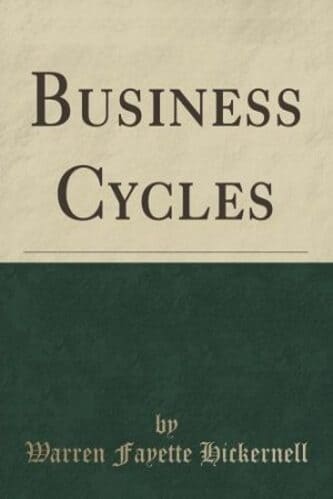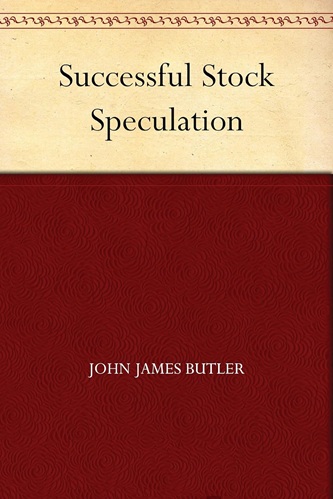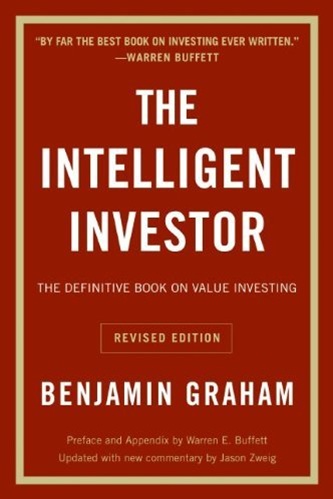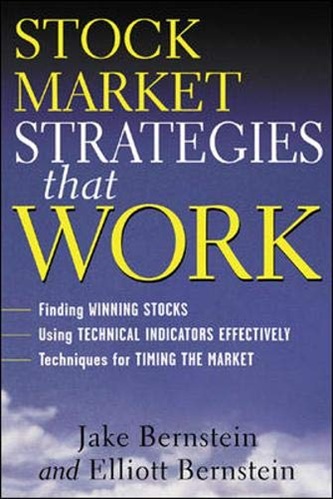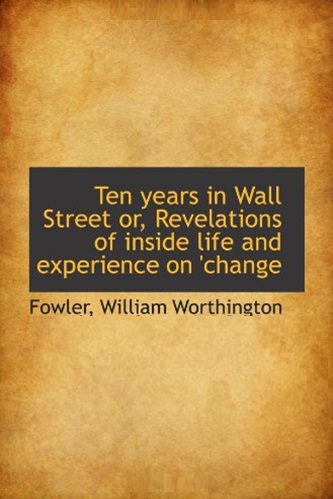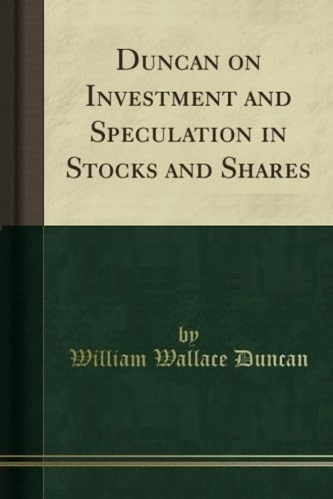Quantitative Trading: How to Build Your Own Algorithmic Trading Business
$19.20
| Author(s) | |
|---|---|
| Format |
|
| Pages |
199 |
| Publication Year |
2009 |
Quantitative Trading: How to Build Your Own Algorithmic Trading Business is definitely not designed as an encyclopedia of quantita-tive trading techniques or terminologies. It will not even be about specific profitable strategies (although you can refine the few ex-ample strategies embedded here to make them quite profitable.) In-stead, this is a book that teaches you how to find a profitable strategy yourself.
Introduction:
Quantitative Trading teaches you the characteristics of a good strategy, how to refine and backtest a strategy to ensure that it has good historical performance, and, more importantly, to ensure that it will remain profitable in the future. It teaches you a systematic way to scale up or wind down your strategies depending on their real-life profitability.
It teaches you some of the nuts and bolts of implementing an au-tomated execution system in your own home. Finally, it teaches you some basics of risk management, which is critical if you want to survive over the long term, and also some psychological pitfalls to avoid if you want an enjoyable (and not just profitable) life as a trader.
Even though the basic techniques for finding a good strategy should work for any tradable securities, I have focused my ex-amples on an area of trading I personally know best: statistical arbitrage trading in stocks. While I discuss sources of historical data on stocks, futures, and foreign currencies in the chapter on backtesting, I did not include options because those are not in my area of expertise.
The book is organized roughly in the order of the steps that traders need to undertake to set up their quantitative trading busi-ness. These steps begin at finding a viable trading strategy (Chap-ter 2), then backtesting the strategy to ensure that it at least has good historical performance (Chapter 3), setting up the business and technological infrastructure (Chapter 4), building an automated trading system to execute your strategy (Chapter 5), and managing the money and risks involved in holding positions generated by this strategy (Chapter 6). I will then describe in Chapter 7 a number of important advanced concepts with which most professional quan-titative traders are familiar, and finally conclude in Chapter 8 with reflections on how independent traders can find their niche and how they can grow their business. I have also included an appendix that contains a tutorial on using MATLAB.
Contents:
- The Whats, Whos, and Whys of Quantitative Trading
- Fishing for Ideas
- Backtesting
- Setting Up Your Business
- Execution Systems
- Money and Risk Management
- Special Topics in Quantitative Trading
- Conclusion: Can Independent Traders Succeed?
Quantitative Trading: How to Build Your Own Algorithmic Trading Business By Ernest P. Chan pdf

